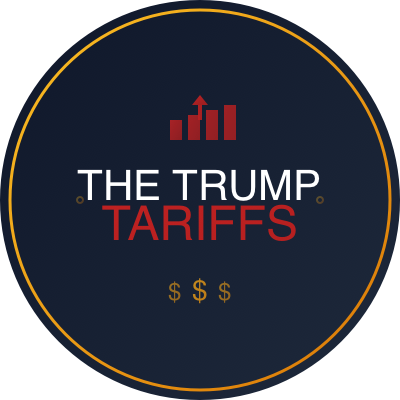NextFin news, On November 8, 2025, the Supreme Court began reviewing a landmark case initiated by the CEO of Learning Resources, a prominent toy manufacturer headquartered in Chicago. The case contends the legality of President Donald Trump's tariff regime, established through emergency economic powers, targeting imports from more than 100 countries. This move seeks to overturn tariffs that Learning Resources argues have inflated costs and disrupted their supply chains.
President Trump's administration, inaugurated in January 2025 for a second term, justified these tariffs as measures to protect domestic industries and bolster U.S. economic sovereignty. The tariffs were implemented without typical congressional approval, invoking emergency powers to rapidly address trade imbalances and intellectual property concerns. However, many businesses, including Learning Resources, have raised concerns about the tariffs’ legality and their real-world economic impacts.
Learning Resources' CEO has publicly declared, "We're on a mission to win," emphasizing the company’s commitment to challenging what it sees as overreach by the executive branch. The Chicago-based company highlights increased operational costs and competitive disadvantages resulting from tariffs on key components sourced internationally. These challenges threaten their profitability and, by extension, the broader toy manufacturing sector, which relies heavily on global supply chains.
The Supreme Court's review takes place against a backdrop of complex global trade dynamics, where the U.S. is balancing protectionist policies with the realities of increasingly interconnected supply networks. The tariffs affect not only toy manufacturers but also a wide array of U.S. industries dependent on imports for raw materials and intermediate goods.
Analyzing the root causes, President Trump's reliance on emergency powers stems from a strategic intent to swiftly counter perceived unfair trade practices without legislative delays. This approach highlights a tension between executive agility in economic defense and adherence to established legislative frameworks, raising constitutional questions about separation of powers and checks and balances.
Economically, the tariffs have created ripple effects. For companies like Learning Resources, tariff-induced cost increases have averaged between 15% and 25% on imported components, according to internal estimates. This jump pressures profit margins and forces some manufacturers to consider reshoring or diversifying supply chains — strategic shifts that involve significant capital expenditures and operational risks.
Furthermore, the tariffs have contributed to inflationary pressures in consumer markets, with toy prices reportedly up by approximately 10% nationally since implementation. This price inflation dampens consumer demand, potentially slowing growth in a discretionary spending category that is sensitive to price shifts.
Legally, the Supreme Court’s deliberations will examine precedents regarding presidential emergency powers and their limits in trade policy. A ruling against the tariff regime could restrict executive authority, obliging future administrations to seek explicit congressional consent for similar measures. Conversely, upholding the tariffs might embolden expansive executive actions in economic policy, influencing future governance and international trade negotiations.
Looking ahead, the case’s outcome will likely set crucial legal and economic precedents. Should the tariffs be struck down, businesses could see relief from increased costs, potentially stabilizing supply chains and consumer prices. However, this might reduce the administration’s leverage in trade disputes and alter U.S. trade diplomacy strategies.
In contrast, a court endorsement of the tariffs may solidify a more protectionist and unilateral trade posture from the U.S. government. Companies would need to continue adjusting to higher costs and uncertain policy environments, possibly accelerating efforts towards supply chain resilience and domestic manufacturing investment.
According to WTVR CBS 6, this Supreme Court review is a pivotal moment not only for Learning Resources but for American businesses navigating the intersection of trade policy, legal oversight, and economic realities. It highlights the ongoing debate on how best to protect national economic interests without undercutting the foundational rules of governance and commerce.
Explore more exclusive insights at nextfin.ai.

